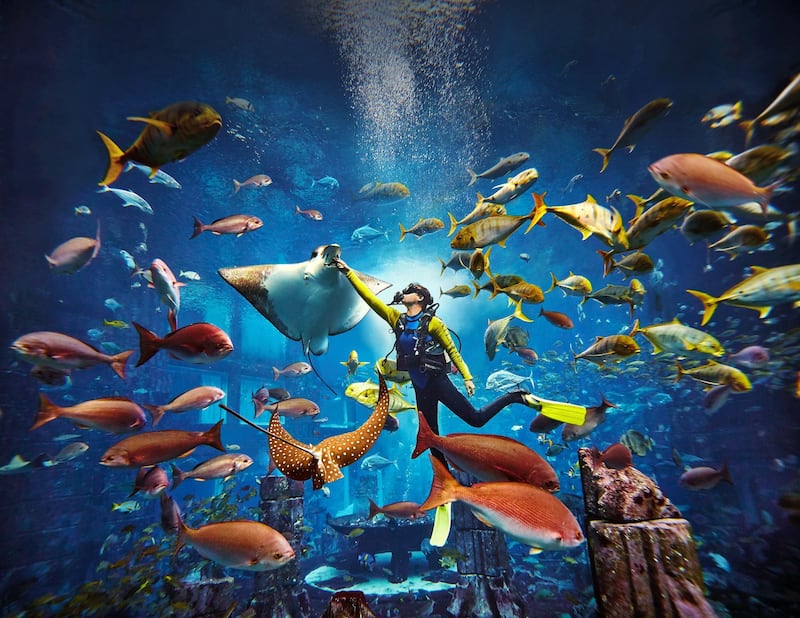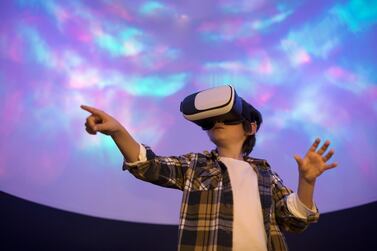A few years ago, virtual reality came bounding on to the travel scene. This new technology was tipped to change the way we approach travel in terms of trip research – and there were even rumours that it could, at least to an extent, slash the world's collective travel footprint, which currently accounts for eight per cent of global carbon emissions. Tech experts got excited all over again a few years later as a bumper number of technology companies released VR headsets with reasonably accessible pricing.
Destination VR
Tourism boards were some of the first travel entities to embrace VR technology. In Arizona, The Grand Canyon VR experience was created to take users on a lifelike excursion of one of America's most-visited parks. Welcoming more than six million visitors every year, authorities aimed to bump up the numbers by capturing the interest of would-be tourists who were perhaps still trying to make a decision.
Alongside American technology company Oculus VR, they developed a realistic version of the 4,926-square-metre park, where the gates were always open (for anyone with an Oculus headset) to visit. The technology was used at travel exhibitions to promote the destination, and is available for download so that anyone can recreate the experience. Using 360-degree video and detailed 3D CGI, the experience transports users to the Grand Canyon just as the sun begins to rise over its red-tinged craggy peaks.
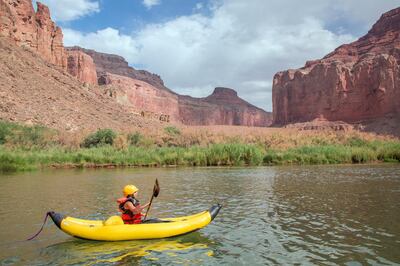
Climbing into a kayak, travellers then “paddle” through the canyon’s waterways immersed in detailed first-person perspectives that depict the flora and fauna around them. For users with access to an Oculus Touch, the experience can be cranked up a notch and you can control the speed at which the kayak travels or use a virtual flashlight to go exploring after dark.
In a report published by Immersive Entertainment, users trying the Grand Canyon experience were thrilled with it. One user said: “The textures look incredible, geometry is great, all coupled with procedural AI animals that react to the environment naturally. 10/10.”
Running wild
Several other tourism destinations have launched similar platforms. The Wild Within in Canada’s British Columbia also launched an Oculus-powered VR experience, this time taking users on a journey through the Broughton Archipelago of the Great Bear Rainforest, wandering coastlines and climbing up into the alpines next to glacial waterfalls. Karen Schaler, award-winning screenwriter, producer, author and creator and host of Travel Therapy TV, claimed the experience was a fantastic way to get virtual users to trade their online experience into actually reality as fast as possible.
In-flight entertainment
It's not just destinations that are embracing the technology – Tokyo's First Airlines is the world's first virtual-reality carrier. Offering passengers first-class tickets for around 5,000 Japanese yen (Dh167), the airline offers a choice of pretend flight paths. The first two-hour trip traverses some of the country's most beautiful landscapes via Tohoku, Chubu and Kyushu.
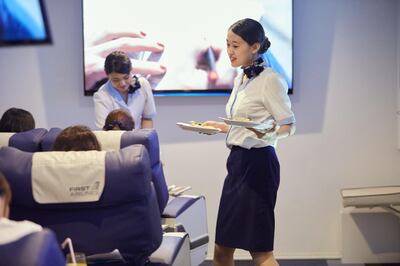
The second delves into the country’s culture by landing at Hokkaido’s snow festival and visiting Shikoku’s sacred temples. Cabin crew on First Airlines pride themselves on omotenashi – the famed Japanese approach to hospitality – and the company’s website promises customers “a wonderful flight”. Passengers must wear seat belts and watch pre-flight safety demonstrations before take-off. During the flight, gourmet in-flight meals are served from a trolley cart.
Mixed feelings
At the inaugural AdventureNEXT Latin American travel conference in Brazil's Campo Grande last year, I had the opportunity to try VR for myself. After donning a headset and being hoisted into a harness, I was lifted off the ground so that I was dangling horizontally about a metre off the floor. As the surrounds quietened, I was immersed into the beautiful underwater world of Bonita, filled with colourful fish and tropical marine life. For the few minutes that I dangled there, I truly felt like I was swimming in the blue lagoons of the Mato Grosso do Sol state and totally forgot I was wearing a headset. The experience was so vivid that when I was lowered gently down again, I had a few moments of bewilderment as to why my clothes weren't wet.
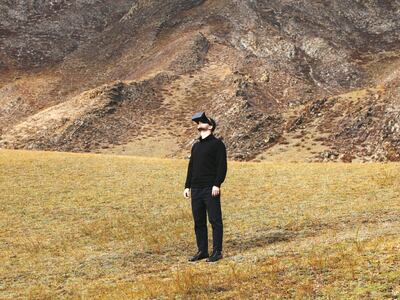
A fellow journalist also tried it but had a rather different experience. Removing the headset, she made her way to a nearby seat and steadied herself on the table while someone brought her some water. She'd emerged from the virtual scene feeling very disoriented and slightly nauseous. A testament to the technology's ability to replicate real-life scenarios, her experience cemented something that technology experts are already grappling with – virtual reality motion sickness is a real thing. In fact, according to findings last year by Grand View Research, up to 40 per cent of consumers trying virtual reality reported feeling nauseous afterwards.
Steven LaValle, a former scientist on the Oculus headset team, told ScienceNews: "Every time you grab on to a controller, you're creating motions that are not corresponding perfectly to the physical world. And when that's being fed into your eyes and ears, then you have trouble."
Perhaps that’s one of the sticking points for VR at the moment. But one place where the problem doesn’t seem to exist is at Legoland Malaysia. Home to the world’s first VR rollercoaster ride, the park has now rolled its innovative ride out to Legoland parks in Florida and Germany. Developers worked closely with VR specialists at Samsung to create headsets designed specifically for children. The ride has all the thrills of a traditional rollercoaster, but those who opt to ride VR-style are also transported into a frantic Lego race where smashing through walls and taking unexpected detours are commonplace, but motion sickness is not. This comes down to the fact that the motion of the ride mimics many of the actions that riders are experiencing on the headset, keeping motion sickness at a minimum.
Closer to home
In Dubai, Atlantis, The Palm was one of the first hotels to make use of VR with the creation of an immersive experience that allowed users to delve into some of the experiences on offer at the resort. Rebecca Hall, director of public relations at the property, says the technology was a way to give potential guests a real sense of what’s available. “If you haven’t had an Atlantis experience, it’s hard to image what scuba diving with 65,000 marine animals feels like, or what the view is like before you plummet 27.5 metres on Aquaventure’s Leap of Faith.”
While today's virtual reality can't quite replace the thrill of travel in the real-world, as technologies continue to improve and functional kinks are ironed out, perhaps it won't be too long before we're climbing Everest, taking in Machu Picchu or paragliding over the Annapurna range from the comfort of our own homes.
